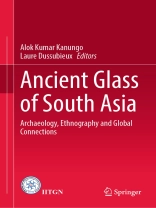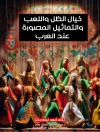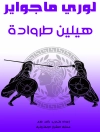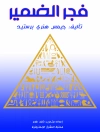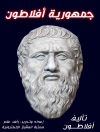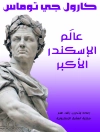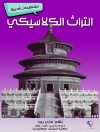This book provides a comprehensive research on Ancient Indian glass. The contributors include experienced archaeologists of South Asian glass and archaeological chemists with expertise in the chemical analysis of glass, besides, established ethnohistorians and ethnoarchaeologists. It is comprised of five sections, and each section discusses different aspects of glass study: the origin of glass and its evolution, its scientific study and its care, ancient glass in literature and glass ethnography, glass in South Asia and the diffusion of glass in different parts of the world. The topic covered by the different chapters ranges from the development of faience, to the techniques developed for the manufacture of glass beads, glass bangles or glass mirrors at different times in south Asia, a major glass producing region and the regional distribution of key artefacts both within India and outside the region, in Africa, Europe or Southeast Asia. Some chapters also include extended examples of the archaeometry of ancient glasses. It makes an important contribution to archaeological, anthropological and analytical aspects of glass in South Asia. As such, it represents an invaluable resource for students through academic and industry researchers working in archaeological sciences, ancient knowledge system, pyrotechnology, historical archaeology, social archaeology and student of anthropology and history with an interest in glass and the archaeology of South Asia.
Inhoudsopgave
The Origin of Glass and the First Glass Industries.- Glass in the Middle-East and Western Europe at the end of the 1st millennium CE, Transition from Natron to Plant Ash Soda or Forest Glasses.- Glazed Steatite and Faience Technology at Harappa, Pakistan (>3700-1900 BCE): Technological and Experimental Studies of Production and Variation.- Traditional Bead and Bangle Crafts in India.- Scientific Study and Care of Glass.- Elemental Compositions and Glass Recipes.- Isotope Analysis and its Applications to the Study of Ancient Indian Glass.- The Conservation of Glass.- Typology of Glass Beads: Techniques, Shapes, Colours, and Dimensions.- Glass in Indian Archaeology, Ancient Literature, Historical Records and Colonial Accounts.- Situating Harinagar Finds in Pre Iron Age Glass Crafts.History of Glass Ornaments in Tamil Nadu, South India: Cultural Perspectives.- Traditional Glass Mirror Making in Kapadvanj, Gujarat, India and an outline of the use.
Over de auteur
Alok Kumar Kanungo is an assistant research professor in IIT Gandhinagar. He was born in Odisha and grew up in close contact with many indigenous communities of eastern and north-eastern India. His early childhood experiences led him to eventually focus on archaeological and ethnographic studies of indigenous and ancient technology. For the last two decades, Dr. Kanungo has travelled and documented the rich heritage of the Nagas of northeast India, and the Bondos and Juangs of Odisha both in the field and in museums across Europe and the UK. He has worked in many areas where it is difficult to say where anthropology or history stops and archaeology begins. He has studied and published extensively on the subject of glass and glass-bead production and written or edited fifteen books and seventy research articles and book chapters. He has been the recipient of many prestigious awards including SPARC, Humboldt, Fulbright and Homi Bhabha Fellowships. He has lectured in many universities and research institutes in Taiwan, England, USA, New Zealand, Bangladesh, Italy, France, Turkey, Malaysia, Germany and Thailand, besides India.
Laure Dussubieux is a chemist specialized in the determination of the compositions of ancient artefacts made from synthesized or natural glass, metals and stones. She obtained her Ph.D. in Chemistry from the University of Orléans (France) in 2001 with a dissertation focussed on the use of laser ablation – inductively coupled plasma – mass spectrometry (LA-ICP-MS) to study the provenance and the circulation of ancient glass beads around the Indian Ocean. Prior to her appointment at the Field Museum, she was a post-doctoral fellow at the Smithsonian Institution (Museum Support Centre, Maryland, USA) where she developed the application of LA-ICP-MS to the study of ancient gold and the use of portable X-Ray Fluorescence to survey cultural artefacts. Since 2004, she has managed the Elemental Analysis Facility (EAF) at the Field Museum and her current title is a research scientist. At the EAF, in a little more than a decade, in addition to her own research on ancient glass from South and Southeast Asia, she facilitated more than 150 projects dealing with questions related to the archaeology of cultural production, interaction and exchange.
